Are These the Three E-Learning Books You Would Recommend?
November 29th, 2011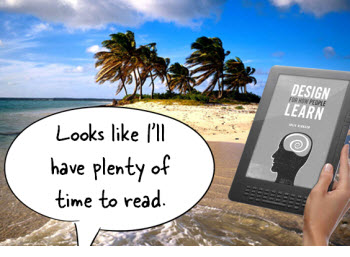
Back in the ‘80s there was a music magazine that published a list of desert island discs. People would write in and share the ten records they’d bring if they were stranded on an island. I used that list to find people who had similar tastes and then checked out the bands they’d recommend. That’s how found a lot of new bands like Milli Vanilli.
I get a lot of questions about book recommendations from people just getting started with elearning. So for today’s post I’d like to do something similar to the desert island discs.
Let’s suppose you are on a desert island and in between catching fish and talking to volleyballs you have a deep desire to learn more about elearning. You can only bring three books. Which books are they and why? I’ll get it started.
Elearning 101
Here is what I see as the three core elements of a successful elearning course. I shared a little about this in this post on mapping out elearning courses.
- Visual design: Is the course visually appealing and use effective visual communication?
- Content: What content needs to be in the course?
- Learning activities: What will the learner do with the content?

If we broke those into three areas of expertise they would probably be something like this:
- Visual design & communication
- Instructional design
- Interaction design
Here are the books I’d recommend to those stranded elearning developers who are just getting started and want to build their elearning skills so they’ll be prepared when rescued from the island.

- Design for How People Learn. It’s important to understand how people learn because it will help you build better learning experiences. Unfortunately most people I talk to don’t have a formal education in instructional design. This book is probably the single best book for the person who’s just getting started and wants to know more about instructional design and how people learn.
- White Space is Not Your Enemy: A Beginner’s Guide to Communicating Visually through Graphic, Web and Multimedia Design. Good visual design combines courses that look great with good visual communication. Unfortunately there’s not enough focus on that for elearning. Anything you can do to help you get there is a win. This book is a good start.
- Beyond Bullet Points. Many elearning developers overlook this book because it’s about presentations. But here’s why I think it’s a must-have elearning book. Most elearning courses are closer to online presentations than structured learning activities. This book is great at helping you craft a message that has meaning and impact. In addition, it also introduces the same cognitive load stuff that you’d find in Multimedia Learning and E-Learning & the Science of Instruction (both good books, by the way).
The links to Amazon books may produce a slight commission.
Obviously there are many good books from which to choose, but for now, these are the three I’d recommend. Which three books would you take and why? Feel free to share your recommendations in the comments section.
Events
- Everyday. Check out the weekly training webinars to learn more about Rise, Storyline, and instructional design.
Free E-Learning Resources
 |
 |
 |
|
Want to learn more? Check out these articles and free resources in the community. |
Here’s a great job board for e-learning, instructional design, and training jobs |
Participate in the weekly e-learning challenges to sharpen your skills |
 |
 |
 |
|
Get your free PowerPoint templates and free graphics & stock images. |
Lots of cool e-learning examples to check out and find inspiration. |
Getting Started? This e-learning 101 series and the free e-books will help. |

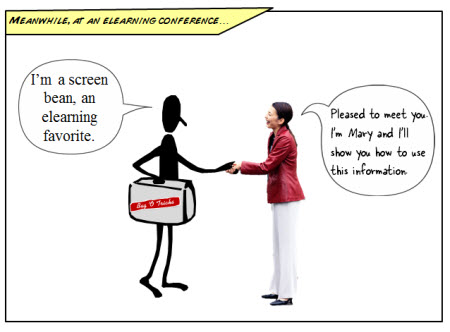

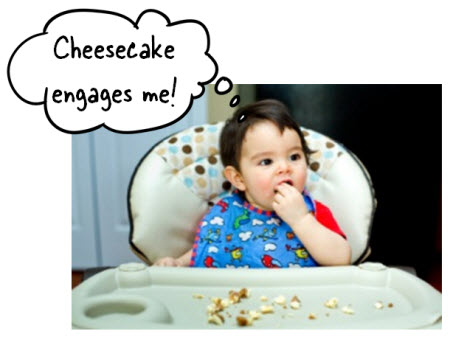
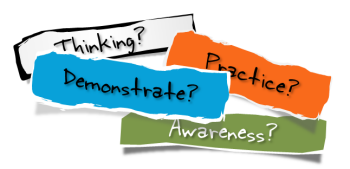















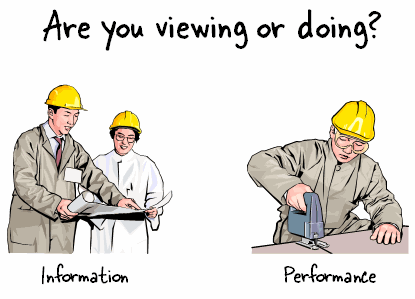




36
comments